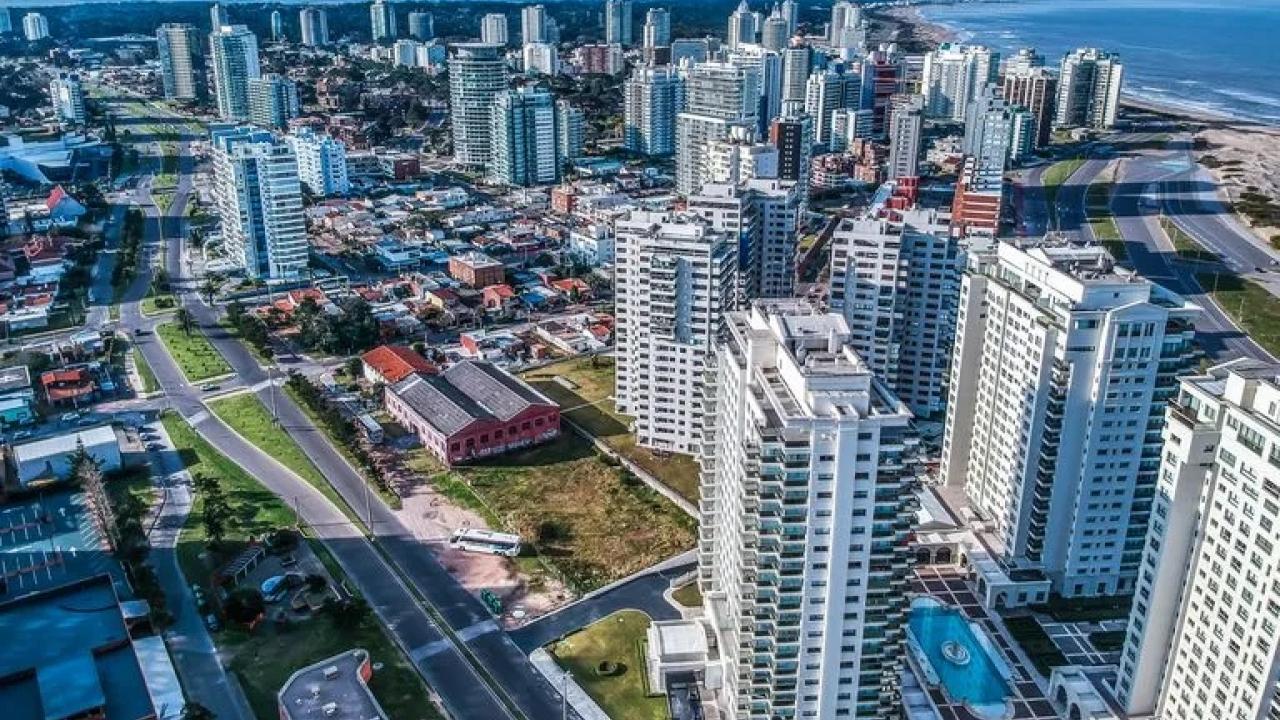
The South American giant is also cheap for Argentines and is becoming an economically convenient destination for the first time in years.
The summer season in Uruguay has good prospects, and more Argentines are expected in the east of the country compared to a year ago. The stability of the dollar, the significant reduction of the exchange rate gap and the elimination of the so-called “country tax” in the neighboring country are elements that play in favor of these projections.
The improvement in the price ratio between the two countries allows us to estimate that the spending of these visitors in the first quarter of 2025 will exceed the US$ 427 million of the same period in 2024, when around 640,000 had arrived.
A new analysis published by the Observatory of the Economic Situation of the Catholic University (UCU), headed by economist Javier de Haedo, shows that the evolution of the bilateral real exchange rate using the free dollar – formerly blue – would reach its highest value since May 2018 in November.
But Argentine spending on tourism and shopping in Uruguay does not only depend on the bilateral price relationship but also on the income of those visitors.
In this sense, the work says that "the news is not so good", given that Argentina has been stagnant for years (the GDP per capita is lower than in 2007) and "after the recent inflationary surge, household income has plummeted."
In any case, according to the report to which El Observador had access, from the joint consideration of prices and income, it can be concluded that the spending of Argentine tourists measured in dollars could exceed that of the previous season by more than 50%.
Thus, this spending, measured in dollars, will approach the historical highs of more than US$ 800 million, which were recorded in the summers of 2017 and 2018.
However, they will be much further away if the figures are compared at constant prices, that is, if the purchasing power of dollars is taken into account, which varies greatly over time, it is explained.
BRAZIL: THE CHEAPEST IN THE NEIGHBORHOOD
Analysis of the numbers also shows that there is a “threat”: Brazil is, for the first time in years, the cheapest in the neighbourhood, by far.
The graph shows (in green) that Uruguay currently has the worst bilateral real exchange rate with Brazil of all those surveyed by the Uruguayan Central Bank (BCU). Today it is 38% below the average so far this century.
The same graph also shows that this is the first time since 2018 that it is below the RER between Uruguay and Argentina. This means that for Argentina, Brazil is also very cheap for the first time in years and is becoming an economically convenient destination for tourism.
"In this way, and as has happened in the past when this same relative situation occurred between the three countries, there is a risk that Argentine tourists will pass through our country, or fly over it, to spend their summers in Brazil, which would be detrimental to the spending they could make on our coasts," says the report.
This week, an article in the Buenos Aires newspaper El Cronista reported that as summer vacation approaches, Argentines are beginning to do the math to see where they can go, based on their savings or payment possibilities.
With a favorable dollar, there is an increasing tendency to travel abroad rather than to travel to their country when comparing prices. Places such as Rio de Janeiro, Florianopolis, Sao Paulo, Maceio and Recife are the preferred destinations. Another factor that is playing a role is the offer of flights, even at low cost prices.
DOLLAR OUTLOOK ON INFLATION IN BRAZIL
The value of the dollar in Brazil is currently at 5.77 reais per unit. In recent days, two elements have been weighing on the financial markets and on the devaluation of the real (+18.6% in 2024).
One is local and concerns doubts about the government's fiscal plans. The other is global and responds to the context of the strengthening of the dollar at an international level following Donald Trump's victory in the US.
The Focus expectations survey released on Monday by the Central Bank of Brazil shows further upward corrections, with the dollar expected to end 2024 at BR$5.55, and at BR$5.48 in 2025, according to the median of responses.
Meanwhile, inflation is projected at 4.6% for this year (slightly above the target range) and 4.1% for next year.
In November, the monetary authority raised the Selic rate for the second time in two years to 11.25%. This was in an attempt to curb inflation amid a rise in the value of the dollar and uncertainties surrounding the management of government spending.
For its part, in the year ended in September, the primary deficit was 2.15% of GDP, far from the surplus of 1.3% of GDP left by the previous government in 2022. Meanwhile, the gross debt of the public sector was 78.3% of GDP.










